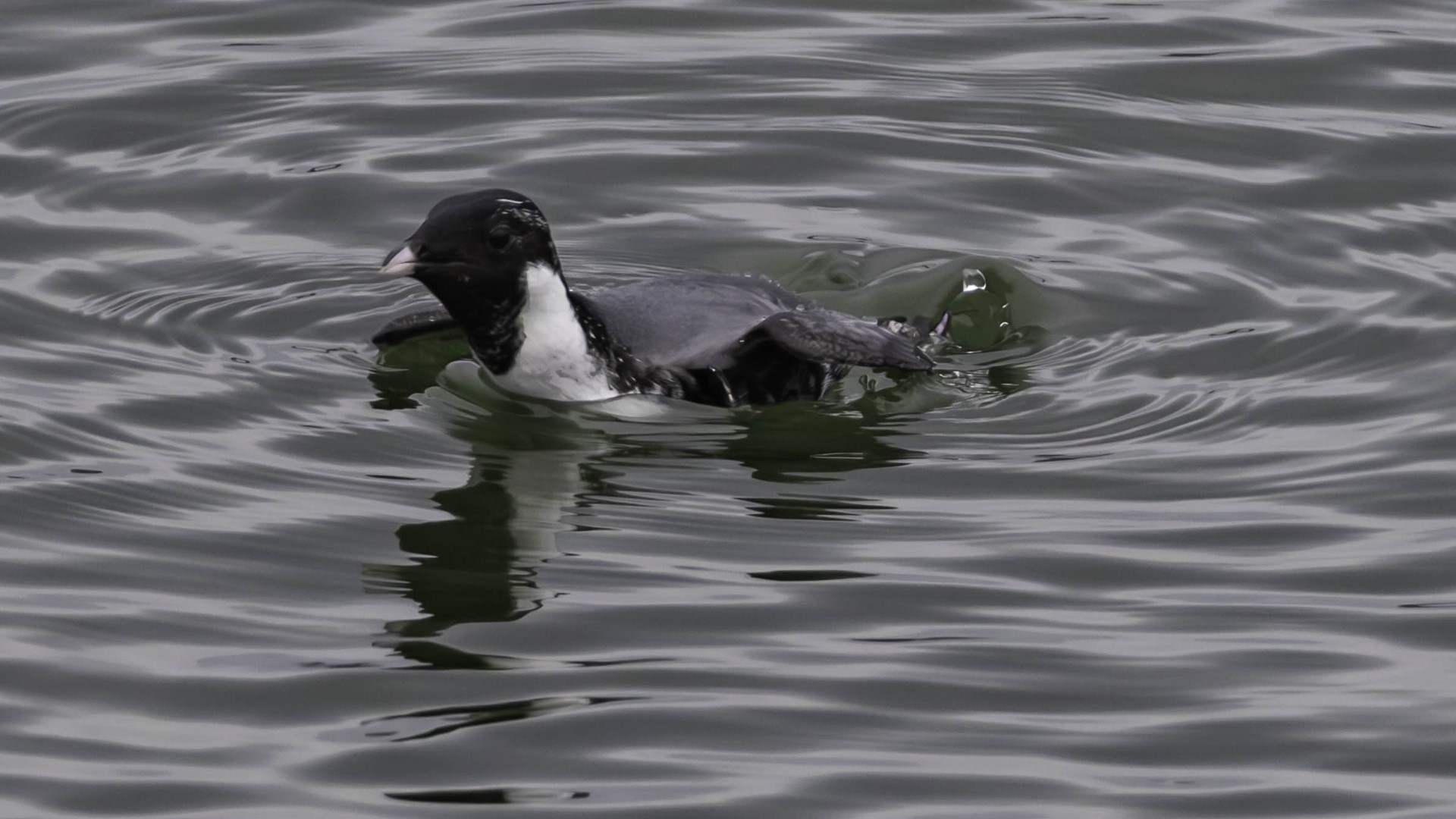CHATTANOOGA, Tenn. — If you head over to Chickamunga Lake in Chattanooga, you'll find a group of birdwatchers waiting for a "once in a lifetime shot," birdwatcher Robert McCoy said.
"I started birding about two and a half years ago," McCoy said. "I'm working on my life list. So, this is a good closer for the year, honestly, to see a bird that has no business being in a lake in Tennessee."
The out-of-place bird is an Ancient Murrelet—typically only found in the Bering Sea.
"It's a bird that's related to puffins. It breeds in Alaska and the Bering Sea in winters off the coast of the Pacific Northwest like Washington and Oregon. It can also breed on the Eastern coast of Russia and China," University of Tennessee Chattanooga Environmental Science Prof. David Aborn said.
So, how did this unassuming yet extremely rare bird end up thousands of miles away from its natural habitat?
"Sometimes birds get blown places by storms. Sometimes birds will wander in search of food. Sometimes bird's compasses just don't work properly, and they wind up in a very different location," Aborn said.
The "ancient" name comes from the gray feathers on its back that resemble a shawl draped across an elderly person's shoulders.
Those watching the Ancient Murrelet at Chickamauga Lake will probably notice it diving in and out of the water since that's how it catches prey.
"I never thought that I would ever see an Ancient Murrelet. So, you know, to have the opportunity of seeing one right in your backyard was pretty exciting," Aborn said.
This isn't the first rare bird spotted in East Tennessee this year. Birdwatchers gathered to see a once-in-a-million yellow cardinal in a Harriman family's backyard in January.
"The best part about it is you can collect birds by seeing them and observing them and recording them. You don't have to put anything on a shelf," McCoy said.
If you'd like to see the Ancient Murrelet for yourself—Aborn said it's likely to hang around through the winter as long as there's food available and the water doesn't freeze over.
The bird should head back to Alaska for the breeding season in the spring.

